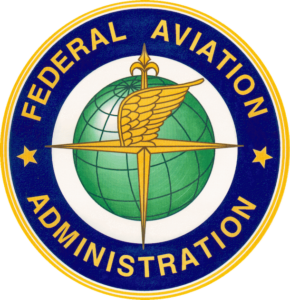The FAA’s Part 107 Certification: What Organizations Need to Know to Operate a UAS Commercially

The growth of the unmanned aerial systems (UAS) industry has led to increased demand for commercial drone operations. To ensure the safe integration of drones into the national airspace, the Federal Aviation Administration (FAA) introduced Part 107 regulations. These regulations establish the requirements for operating small UAS commercially. This article will cover the key aspects of Part 107 certification from an organizational perspective, explaining the need for having a certified remote pilot on staff and providing insight into operating a UAS commercially in the United States.
What is Part 107 Certification? Part 107, also known as the Small UAS Rule, is a set of FAA regulations that govern the commercial use of drones weighing less than 55 pounds. The regulations cover various operational limitations, pilot certification requirements, and equipment standards for commercial drone operations. Organizations looking to use drones for commercial purposes, such as aerial photography, mapping, surveying, or inspections, must have a Part 107 certified remote pilot on staff or contract one to conduct these operations legally.
Eligibility Requirements for Part 107 Certification To be eligible for a Part 107 Remote Pilot Certificate, applicants must:
- Be at least 16 years old
- Be able to read, write, speak, and understand English
- Be physically and mentally fit to operate a UAS safely
- Pass the initial Aeronautical Knowledge Test at an FAA-approved testing center
- The Aeronautical Knowledge Test The Part 107 Aeronautical Knowledge Test covers various topics related to drone operations, including:
- Airspace classification, operating requirements, and flight restrictions
- Aviation weather sources and effects on UAS performance
- UAS loading and performance
- Emergency procedures
- Crew resource management
- Radio communication procedures
- Physiological effects of drugs and alcohol
To pass the test, applicants must score at least 70% and should consider studying with the help of an FAA-approved training course or self-study materials.
Obtaining the Part 107 Remote Pilot Certificate for Your Organization After a designated employee passes the Aeronautical Knowledge Test, they must complete the FAA’s online application process, which includes submitting their test results and verifying their identity. The FAA will then conduct a background check, and upon successful completion, issue the Part 107 Remote Pilot Certificate. This certificate must be renewed every two years by retaking the Aeronautical Knowledge Test.
Operating a UAS Commercially Under Part 107 Organizations operating a UAS commercially under Part 107 must adhere to several operational limitations and safety requirements, including:
- Flying below 400 feet above ground level (AGL) or, if flying at an altitude higher than 400 feet, remaining within 400 feet of a structure
- Keeping the drone within the pilot’s visual line of sight (VLOS)
- Flying only during daylight hours or civil twilight (30 minutes before official sunrise or after official sunset)
- Not flying over people or moving vehicles
- Not exceeding a maximum groundspeed of 100 mph (87 knots)
Organizations looking to operate a UAS commercially in the United States must have a Part 107 certified remote pilot on staff or contract one to comply with FAA regulations. By understanding the eligibility requirements, ensuring the designated employee passes the Aeronautical Knowledge Test, and adhering to the operational limitations set forth by the FAA, organizations can safely and responsibly use UAS technology in various industries. Unmanned Aeronautics is here to help ensure your organization remains compliant with FAA regulations, allowing you to focus on maximizing the benefits of UAS technology for your business.